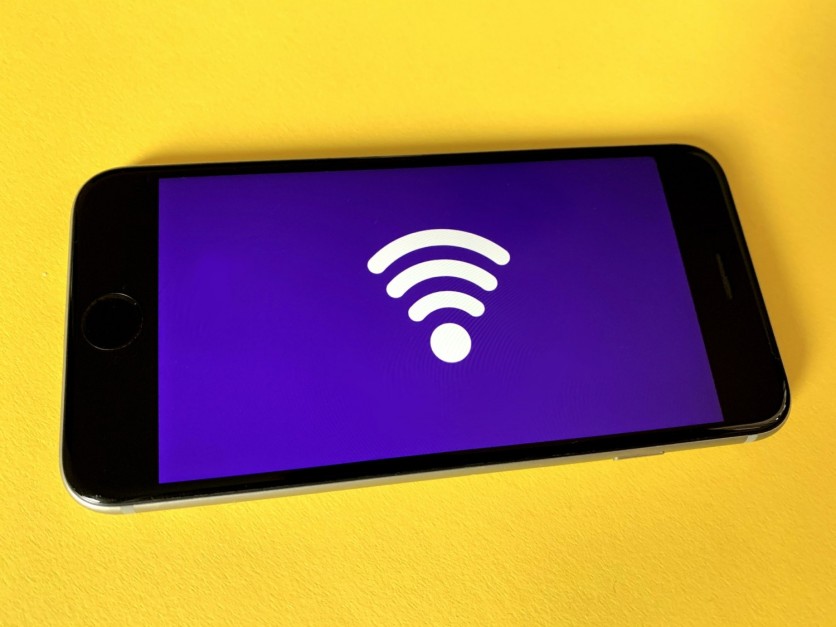The race to discover 6G is on, but a dearth of materials to make it possible continues to be a hurdle, even for seasoned experts. However, researchers at Osaka Metropolitan University discovered a promising material that might enable sixth-generation (6G) wireless communication networks.

Is 6G Available?
5G has set an unprecedented speed in quality when it comes to telecommunication services that people are eagerly waiting for what 6G can offer more. As of 2022, there have been cases of 6G already being in the works.
A report from Tech Times stated that South Korea plans to launch 6G mobile services in 2028. It was also noted that Google, Apple, Qualcomm, and Intel are already members of the NGMN trade association. This cooperation is planned to employ cutting-edge 6G technology for "Enhanced Machine Communication" and "Enhanced Human Communication."
Just recently, Purple Mountain Laboratories, a Chinese government-backed organization, reported a 6G speed breakthrough. Regardless, no specifics on how to produce 6G were provided.
Also Read : 6G Connectivity To Arrive Around 2028! South Korea as First Country To Commercialize It as Mobile Services
Materials for 6G
Amidst countries looking to hand out 6G first, the race to find appropriate magnetic materials is required in order to achieve sixth-generation (6G) wireless communication systems.
According to SciTech Daily, Osaka Metropolitan University researchers and colleagues discovered an unusual collective resonance at high frequencies in a magnetic superstructure known as a chiral spin soliton lattice (CSL), exposing CSL-hosting chiral helimagnets as a viable material for 6G technology.
The researchers stated that future communication technologies will need to increase the frequency spectrum from a few gigahertz (GHz) to more than 100 GHz. Because present magnetic materials used in communication equipment can only resonate and absorb microwaves up to around 70 GHz with a functional magnetic field, such high frequencies are not yet conceivable.
To fill this knowledge and technological gap, a research team led by Professor Yoshihiko Togawa of Osaka Metropolitan University investigated the helicoidal spin superstructure CSL.
Professor Togawa explained that "The CSL phonon mode, or collective resonance mode-when the CSL's kinks oscillate collectively around their equilibrium position-allows frequency ranges broader than those for conventional ferromagnetic materials."
It is worth mentioning that this CSL phonon mode has been theoretically known but never detected in experiments.
The researchers began their study with CrNb3S6, a common chiral magnetic crystal that harbors CSL. They created CSL in CrNb3S6 and then studied its resonance behavior when the external magnetic field strength changed. The magnetic resonance signals were detected using a specifically built microwave circuit.
They had observed resonance in three modes, namely the "Kittel mode," the "asymmetric mode," and the "multiple resonance mode."
In the Kittel mode, or using the conventional ferromagnetic materials, the resonance frequency increases if the magnetic field strength does the same. This implies that building high frequencies required for 6G would require an impractically strong magnetic field. Meanwhile, the CSL phonon was not discovered in the asymmetric mode.
Interestingly, the CSL phonon was identified in the multiple resonance modes; unlike magnetic materials already in use, the frequency increases spontaneously as the magnetic field intensity lowers. This is a unique phenomenon that may permit a boost to more than 100 GHz with a relatively small magnetic field. Therefore, a critical mechanism for achieving 6G operability.
Related Article : Chinese Lab Announces 6G Speed Breakthrough, While the 5G Technology Hasn't Completely Rolled Out Yet
This article is owned by Tech Times
Written by Thea Felicity
ⓒ 2025 TECHTIMES.com All rights reserved. Do not reproduce without permission.




